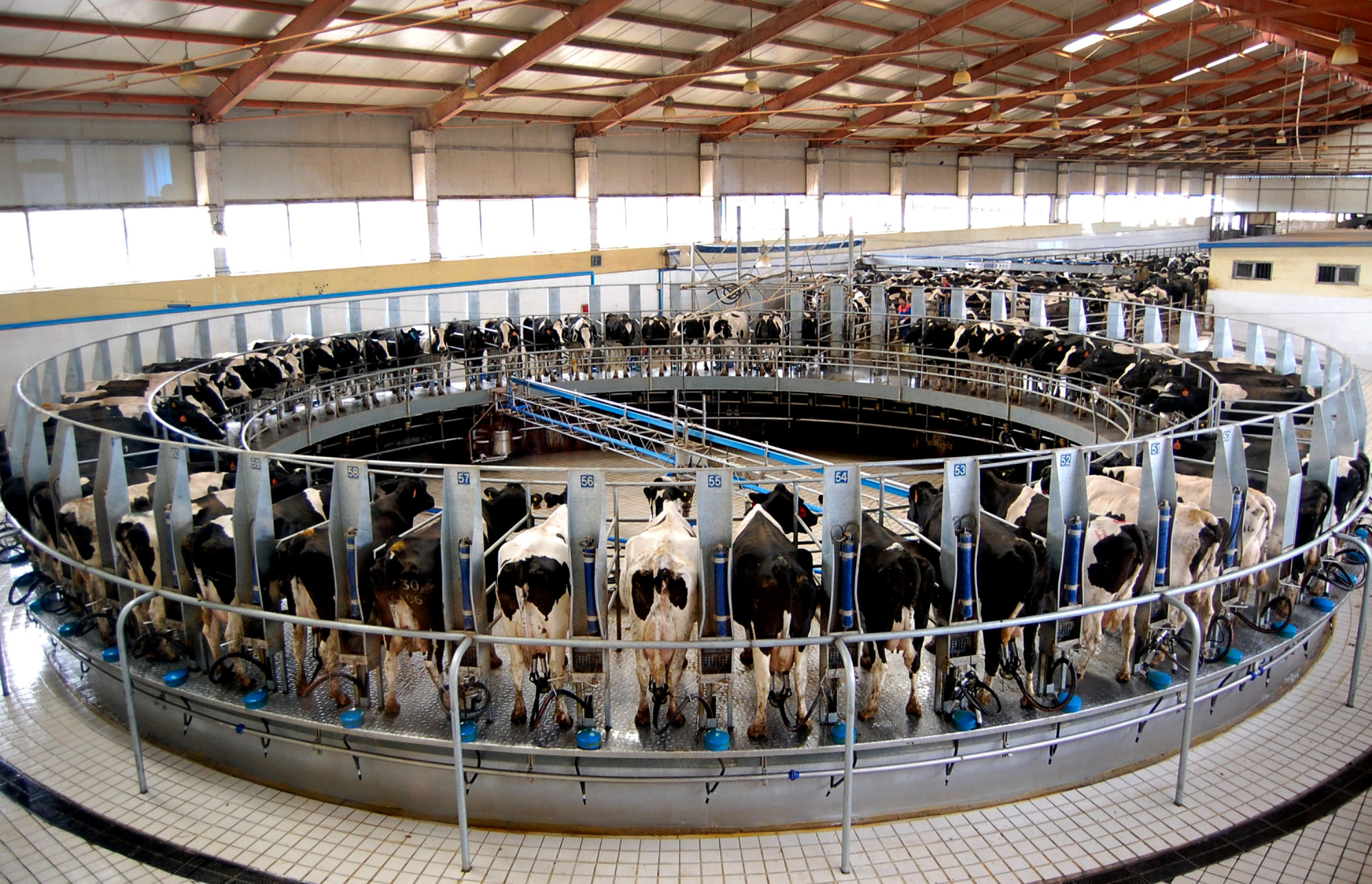
Why you should turn vegan to end factory farming’s daily carnage – author’s manifesto for change
- We continue to eat meat and wear animal furs because we won’t face up to the horrors inflicted on sentient beings by industrial farming, Roanne van Voorst says
- Having aroused our compassion for farm animals, she seeks to channel it into action with advice on how to cook plant-based food and what to listen to and read
Once Upon a Time We Ate Animals: The Future of Food by Roanne van Voorst, translated by Scott Emblen-Jarrett, pub. HarperOne
Death toll: 150 million a day.
And that’s a conservative estimate. As youanticipate gorging on your Christmas turkey, consider that the above is the figure author and anthropologist Roanne van Voorst puts on the number of “fish, chickens, pigs, cows, goats, sheep” our species slaughters for food.
It does not include any of the millions of animals killed in laboratories every year in tests on the latest cosmetics or cleaning agents, or those slaughtered for fur coats or other attire. Or male calves and chicks, designated “waste products” by a food industry that has no use for them and kills them immediately after birth, or animals used in bullfights, dog or horse races, aquariums or “waterworld attractions”.

The scale of our behaviour, she says, is simply too overwhelming to contemplate. Hence this manifesto for veganism calls for our compassion first to be aroused, then to be put into action: the book closes with advice on what to watch, listen to, read and cook; on how to reject what is considered “normal”.

So appalling are some of the hideous cruelties inflicted on the animals we eat that it would be easy (and justifiable) for the author to spend all 250-odd pages moralising. She doesn’t, nor does she absolve herself for her past, hazy views of how she was being a “good” person while failing to realise she was still inadvertently supporting “big ag” and “big dairy” through her food and fashion choices.
Whether you approach this book as a vegan sceptic, or as a convert who has required no persuasion from the author to stop consuming animal products, what is in effect the systematic, daily torture of innocent beings (evidence of which is presented here not for the first time) should prove reason enough to change our ways.

At the end of her “extensive research and dozens of interviews with international experts” in farming, energy, climate and food, van Voorst hopes to usher in “a more animal- and environmentally friendly world” than the one we currently occupy. And yet for her, even if successful, the remorse and amazement will remain: why did it take us so long to question what we once regarded as acceptable?

This correspondent is reminded of a former Hong Kong food writer who liked to boast: “Animals – I eat ’em, wear ’em, use ’em.” I’m ashamed to say that at the time she went unchallenged. We are all guilty.

